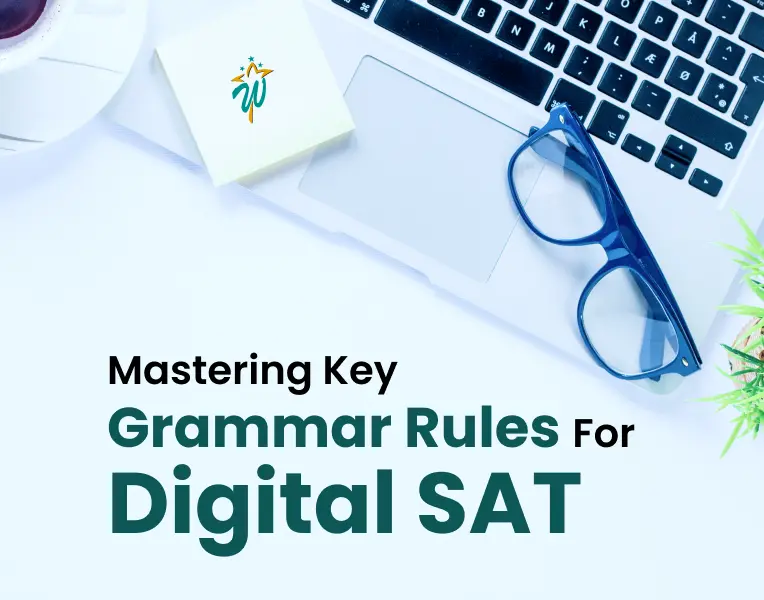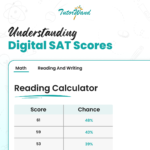The Digital SAT is a pivotal standardized test for college admissions and scholarships. Strong grammar skills can significantly elevate your test scores. In this guide, we delve into the essential grammar rules for the SAT and how mastering them can lead to test-day success.
- Commas: The Cornerstone of SAT Grammar
- Semicolons and Colons: Structuring Your Sentences
- Subject-Verb Agreement: The Heart of Sentence Construction
- Pronouns: Maintaining Clarity and Consistency
- Transition Words: Guiding the Reader
- Modifiers: Enhancing Sentence Meaning
- Harness the Power of Pattern Recognition
- Conclusion
- Recommendation

Commas: The Cornerstone of SAT Grammar
Commas play a crucial role in the Digital SAT. Understanding their proper placement can prevent common mistakes like run-on sentences and comma splices. Here’s a quick rundown:
- Use commas between independent clauses joined by coordinating conjunctions like “and”, “but”, and “so”. This prevents run-on sentences.
- Use commas after introductory clauses and phrases at the beginning of a sentence. For example, “After eating dinner, John went home.”
- Use commas to set off non-essential clauses or appositives from the rest of the sentence. If the information between commas can be removed without changing the meaning, it is non-essential.
- A common mistake is using a comma where a semicolon or period should go, creating a comma splice. Always be on the lookout for two independent clauses separated by just a comma.
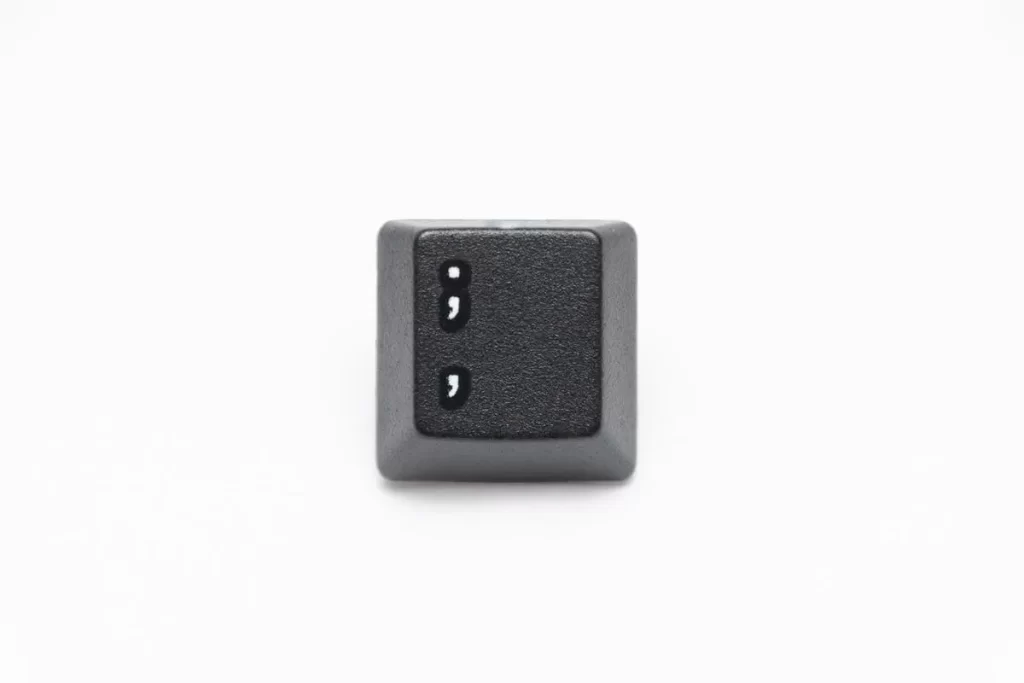
Semicolons and Colons: Structuring Your Sentences
Semicolons can connect two independent clauses not joined by a coordinating conjunction. They function similarly to periods but indicate a closer relationship between the clauses.
Colons introduce lists, explanations, examples, or quotations that follow logically from the first part of the sentence. The clause before the colon must be able to stand as its own sentence.
Using semicolons and colons correctly will demonstrate your understanding of sentence structures and logical connections on test day.

Subject-Verb Agreement: The Heart of Sentence Construction
One of the most fundamental grammar rules is that subjects and verbs must agree in number: singular with singular, plural with plural. Watch out for prepositional phrases placed between subjects and verbs that can distract you from spotting disagreements.
On the Digital SAT, keep singular collective nouns like “group” or “committee” straight from plural nouns. Phrases like “each of” or “none of” also take singular verbs. Identifying the subject correctly, and getting the verb right becomes much easier.

Pronouns: Maintaining Clarity and Consistency
Pronoun usage questions focus on consistency and avoiding ambiguity. Keep pronouns referring clearly to the antecedent and check for any abrupt shifts in number or person.
The Digital SAT also tests choosing the right pronoun case. For example, “between you and me” is correct because “me” is the object of the preposition “between.” Knowing the proper case in prepositional phrases will help you avoid tricky pitfalls.
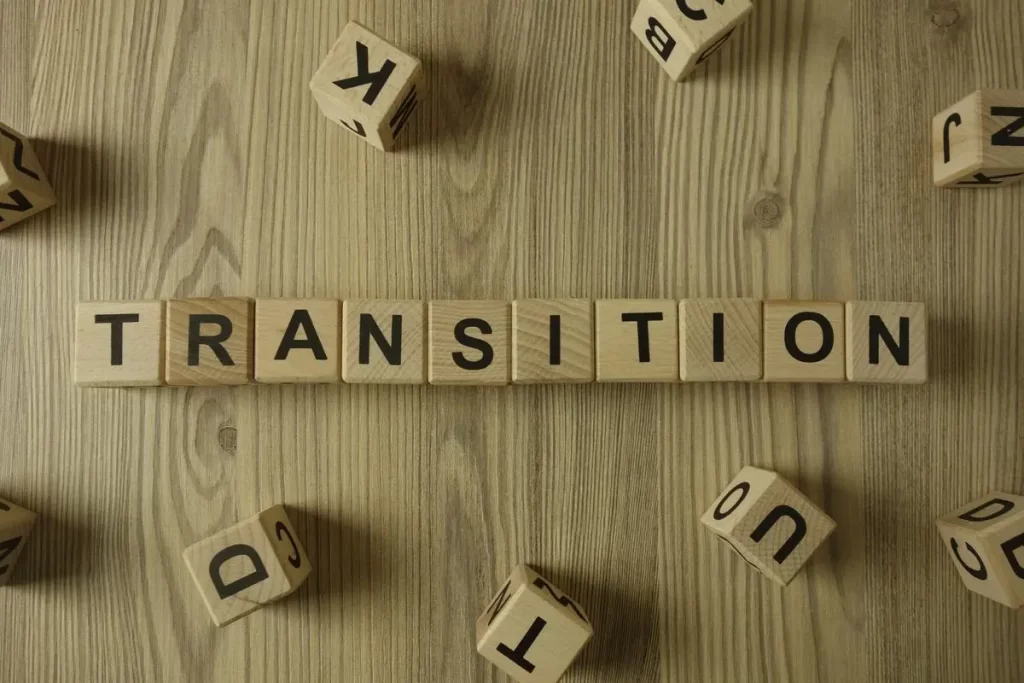
Transition Words: Guiding the Reader
Transition words like “however”, “therefore”, and “consequently” indicate specific logical relationships. Make sure the transition matches the logic between sentences or clauses. Identify the relationship before looking at the answer choices.
On the Digital SAT, transitions signal how passages logically unfold. Take note of them as you read passages to grasp the overall flow. Understanding key transitions helps with Paragraph Transitions and other rhetorical skills questions.
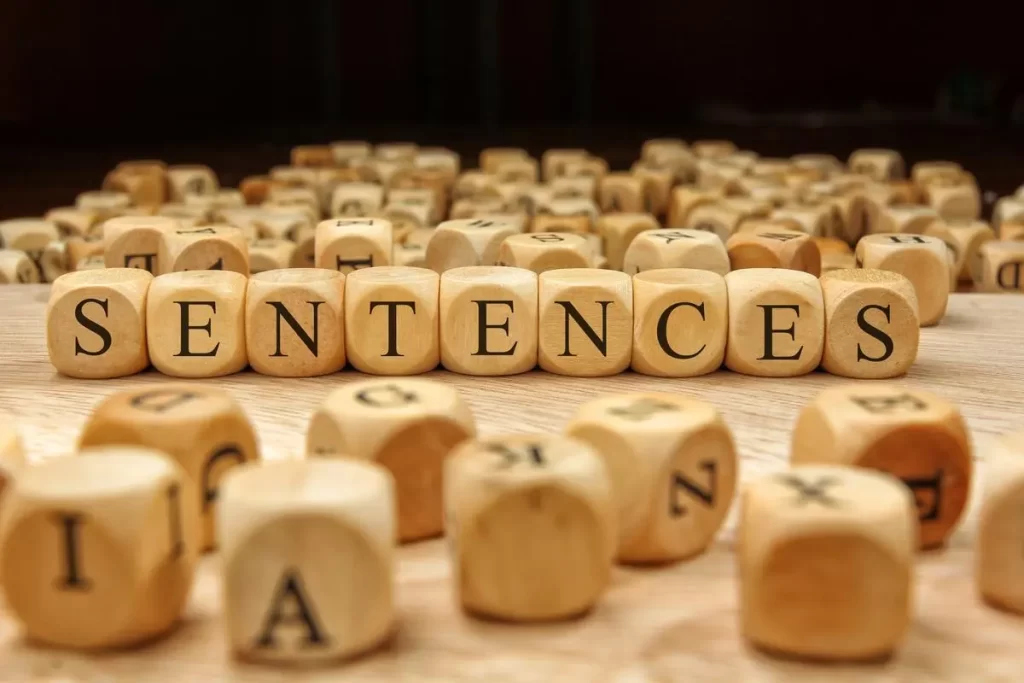
Modifiers: Enhancing Sentence Meaning
Modifiers like descriptive phrases and clauses need to be placed close to what they modify. If not, they “dangle” ambiguously or seem to modify an unintended noun.
Spotting dangling modifiers like “Rushing for the bus, the trees sped past in a blur” and rewriting them concisely will garner points for improving sentence questions. Keep clauses as close to the noun they modify as possible to avoid misplaced modifier issues.
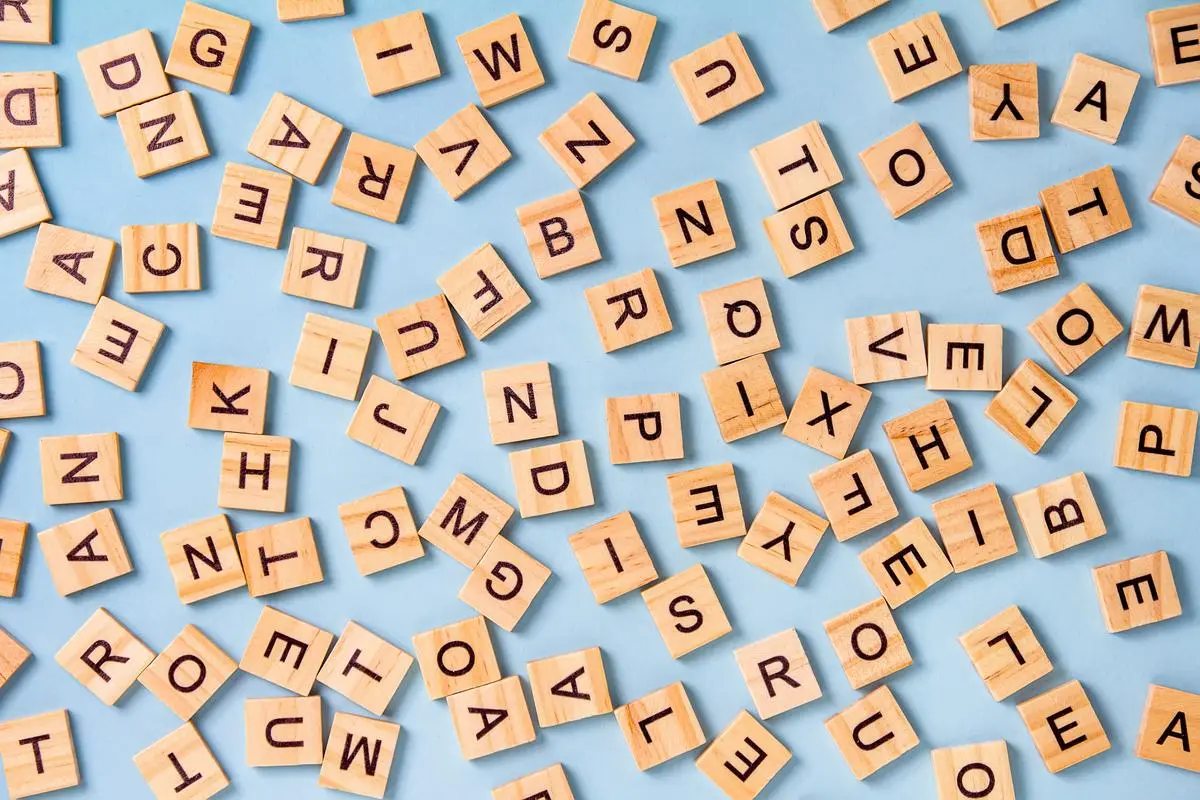
Harness the Power of Pattern Recognition
Beyond knowing the specific rules, pattern recognition speeds up answering grammar questions on the Digital SAT exponentially. The more practice tests you take, the more you’ll see the same common errors again and again.
Train your eye to spot issues like commas separating subject-verb pairs or pronouns that don’t agree with their antecedents. Many questions will become more reflexive, and you’ll breeze through large chunks at a time.
Conclusion
Mastering grammar is essential for the Digital SAT. With a strong foundation in these grammar rules and consistent practice, you can achieve test day success.
Recommendation
For those aiming for top SAT scores, consider TutorWand Adaptive Digital SAT Practice Tests. Experience the real exam’s atmosphere and access a vast question bank. With current discounts, it’s the best time to enhance your preparation.
Also, read the key Tips & Tricks that will help you score well on the Digital SAT.

